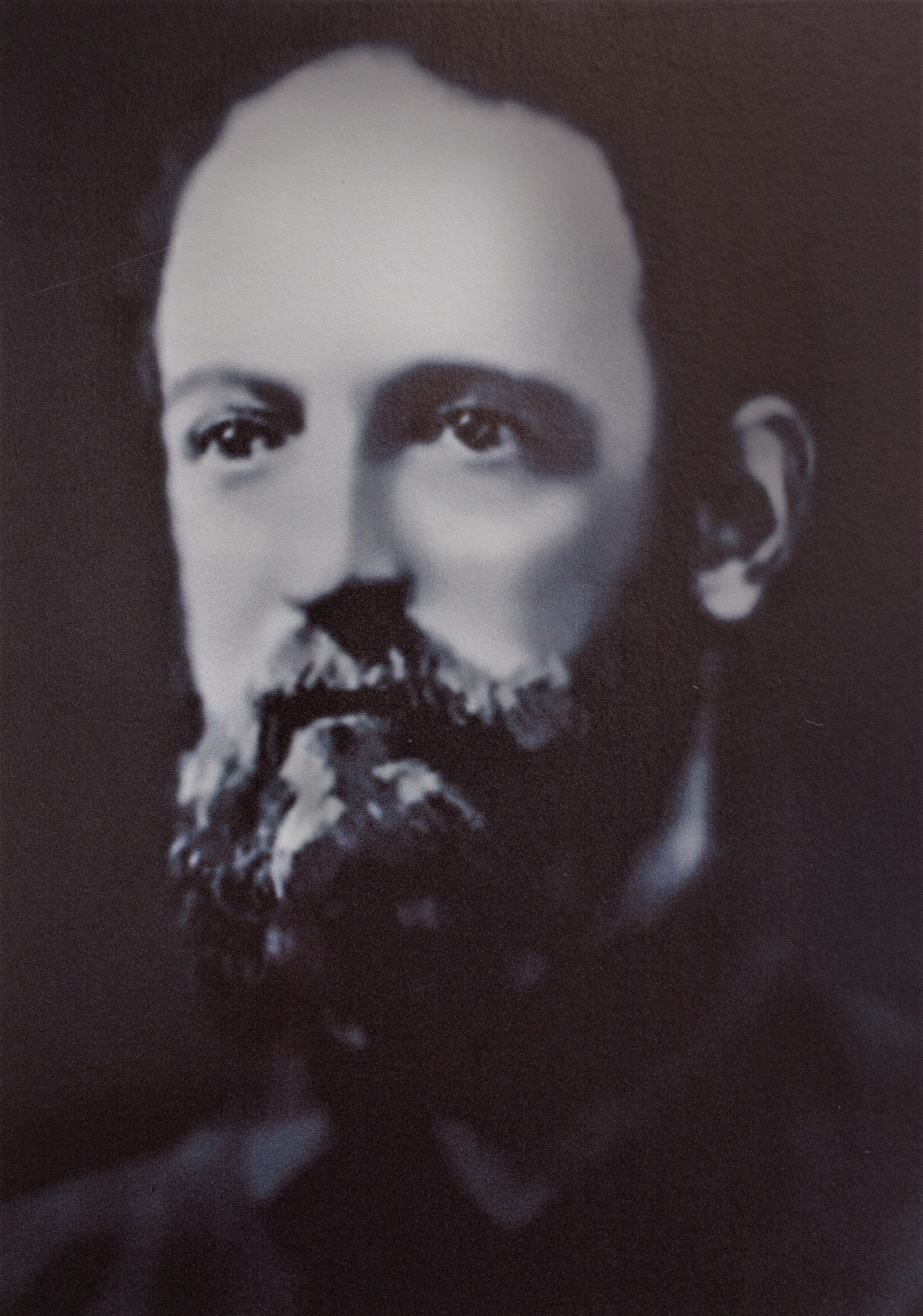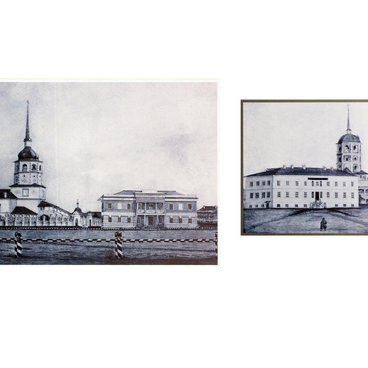The photo shows Bernhard Petri — an archaeologist, ethnographer and anthropologist — who was at the forefront of the ‘Irkutsk Archaeological School’ and spent about 20 years on excavations in Eastern Siberia.
Petri was born in Bern, Switzerland, in the family of Eduard Petri, a doctor of medicine, geographer and anthropologist. His father died early, so Vasily Radlov, academician and orientalist, became the boy’s foster father. Petri spent his childhood in Italy, where he attended a primary school. Then the family moved to St. Petersburg and there the future archaeologist graduated from a gymnasium and a university.
After his studies, Bernhard Petri worked as the head of the archaeological department at the Museum of Anthropology and Ethnography of the Russian Academy of Sciences. There he participated in the activities of the Russian Geographical Society and compiled an ethnographic map of Russia: he noted in which regions different ethnic groups and nationalities lived, based on the data from the population census.
Petri went on expeditions to the indigenous peoples of Baikal region three times — in 1912, 1913 and 1916. There he explored family relations and the culture of indigenous peoples, and also collected ethnographic exhibits and antiquities. The scientist settled in Irkutsk in 1918 and worked at the pedagogical faculty of Irkutsk University, first as an assistant professor, and then as a professor. Under his direction a department of the history of prehistoric cultures and an office of archeology and ethnography with a library and a museum were established.
A student scientific club “Folk Studies” was working at the museum since 1919, which was informally known as the Irkutsk Archaeological School. During classes, Bernhard Petri was teaching his younger colleagues — they had been listening to lectures and preparing reports and articles based on the results of their own field research. The Petri’s club was attended by the future academician Alexey Okladnikov, the archaeologist and the head of many excavations in Irkutsk Pavel Khoroshikh, as well as Mikhail Gerasimov, the author of the ‘Gerasimov’s method’. Using this method, the appearance of a man could be reconstructed from human remains.
In 1937, Bernhard Petri was arrested on the count of espionage. He was forced to confess, but, according to his memoirs, “he behaved very decently during examination, showing that academician V. V. Radlov, who died in 1918, recruited him, but did not name anyone else.”
On November 14, 1937, by a decree of the NKVD (People’s Commissariat for Internal Affairs), Petri was sentenced to be executed as a ‘member of the German-Japanese fascist sabotage and right-Trotskyist organization’. The exact place of his death is unknown, but researchers suggest that he was buried near the village of Pivovariha in the Irkutsk region. On June 19, 1959, all the charges against Petri were dropped and he was fully rehabilitated.
Petri was born in Bern, Switzerland, in the family of Eduard Petri, a doctor of medicine, geographer and anthropologist. His father died early, so Vasily Radlov, academician and orientalist, became the boy’s foster father. Petri spent his childhood in Italy, where he attended a primary school. Then the family moved to St. Petersburg and there the future archaeologist graduated from a gymnasium and a university.
After his studies, Bernhard Petri worked as the head of the archaeological department at the Museum of Anthropology and Ethnography of the Russian Academy of Sciences. There he participated in the activities of the Russian Geographical Society and compiled an ethnographic map of Russia: he noted in which regions different ethnic groups and nationalities lived, based on the data from the population census.
Petri went on expeditions to the indigenous peoples of Baikal region three times — in 1912, 1913 and 1916. There he explored family relations and the culture of indigenous peoples, and also collected ethnographic exhibits and antiquities. The scientist settled in Irkutsk in 1918 and worked at the pedagogical faculty of Irkutsk University, first as an assistant professor, and then as a professor. Under his direction a department of the history of prehistoric cultures and an office of archeology and ethnography with a library and a museum were established.
A student scientific club “Folk Studies” was working at the museum since 1919, which was informally known as the Irkutsk Archaeological School. During classes, Bernhard Petri was teaching his younger colleagues — they had been listening to lectures and preparing reports and articles based on the results of their own field research. The Petri’s club was attended by the future academician Alexey Okladnikov, the archaeologist and the head of many excavations in Irkutsk Pavel Khoroshikh, as well as Mikhail Gerasimov, the author of the ‘Gerasimov’s method’. Using this method, the appearance of a man could be reconstructed from human remains.
In 1937, Bernhard Petri was arrested on the count of espionage. He was forced to confess, but, according to his memoirs, “he behaved very decently during examination, showing that academician V. V. Radlov, who died in 1918, recruited him, but did not name anyone else.”
On November 14, 1937, by a decree of the NKVD (People’s Commissariat for Internal Affairs), Petri was sentenced to be executed as a ‘member of the German-Japanese fascist sabotage and right-Trotskyist organization’. The exact place of his death is unknown, but researchers suggest that he was buried near the village of Pivovariha in the Irkutsk region. On June 19, 1959, all the charges against Petri were dropped and he was fully rehabilitated.



